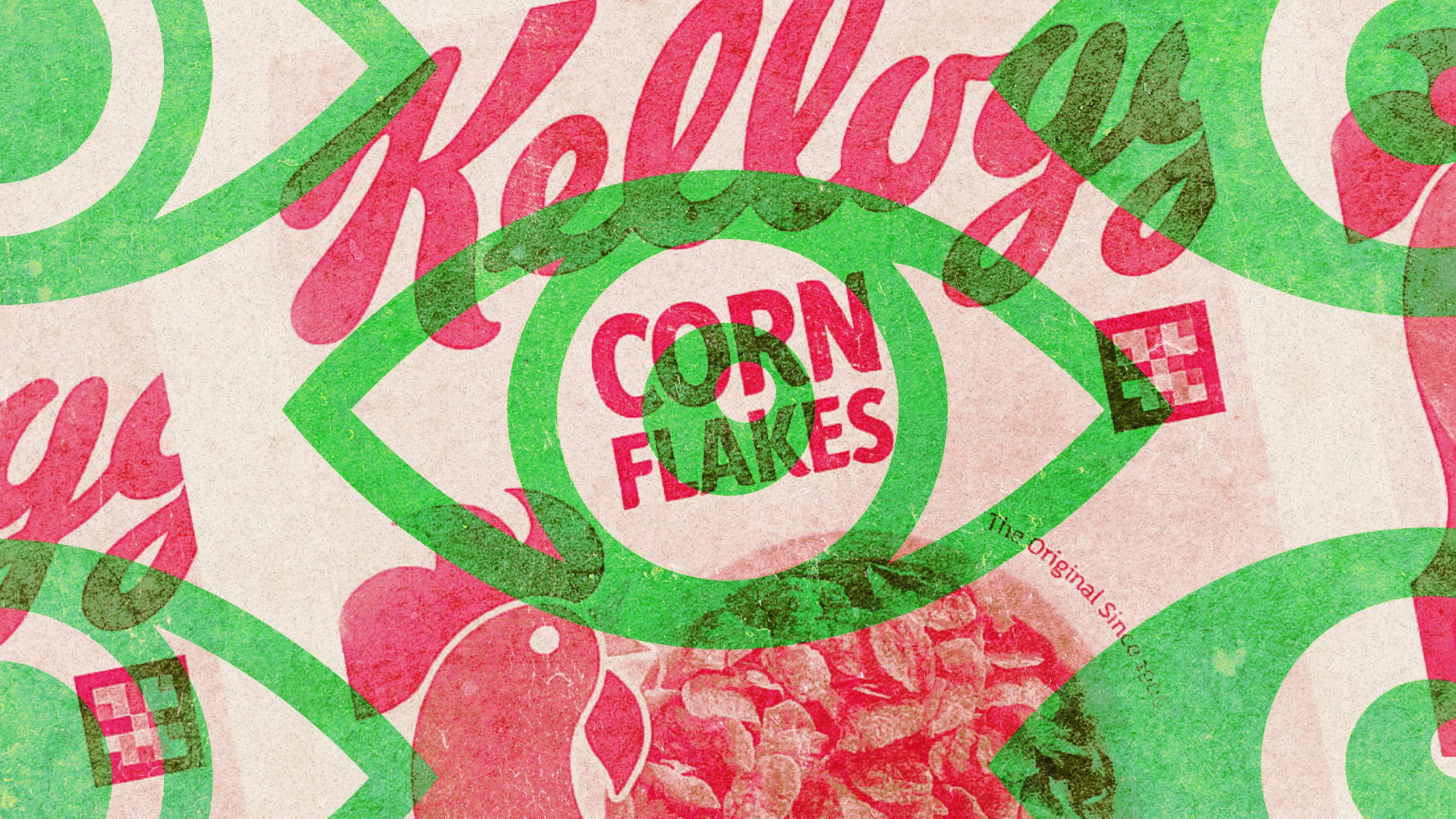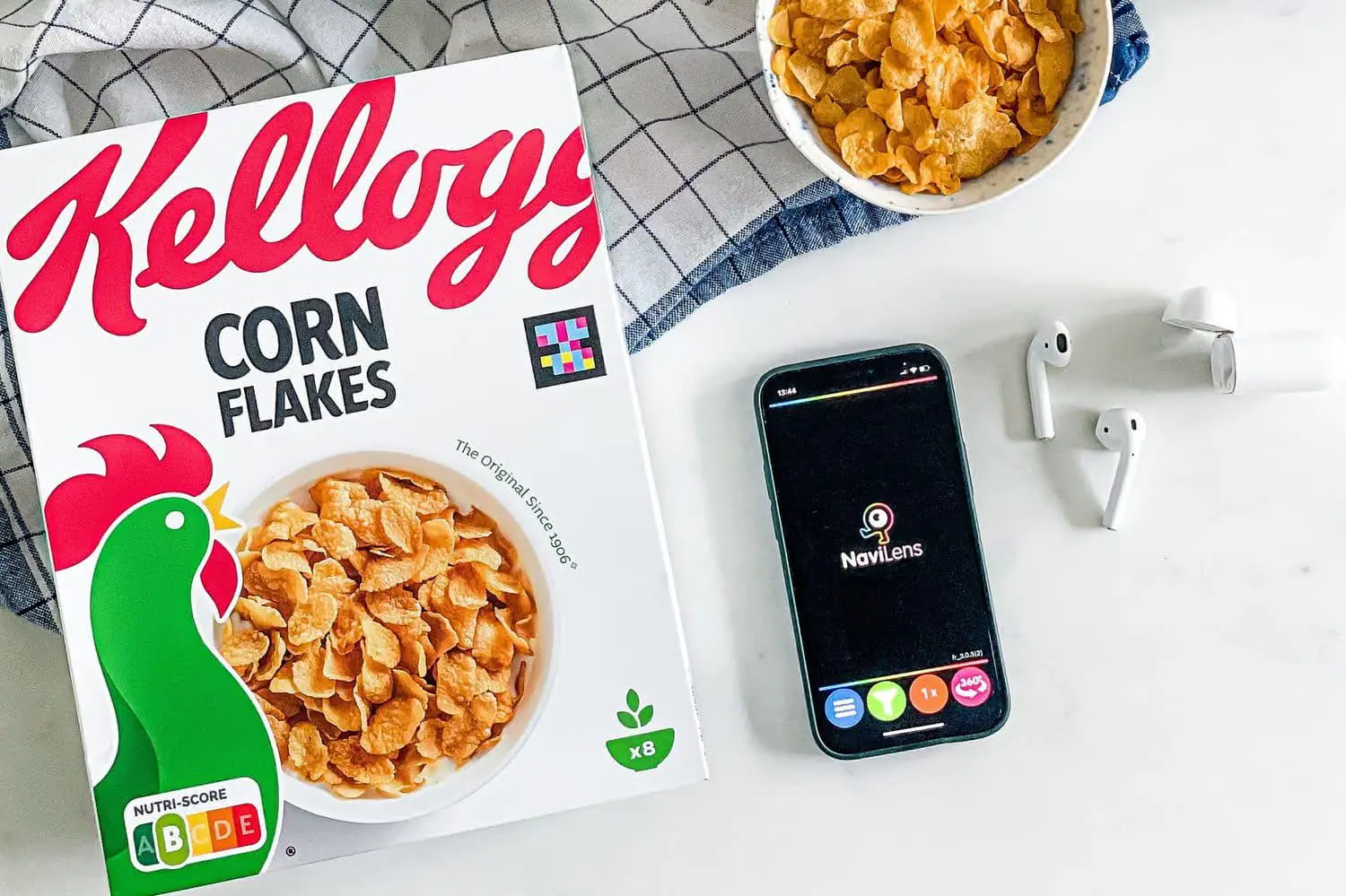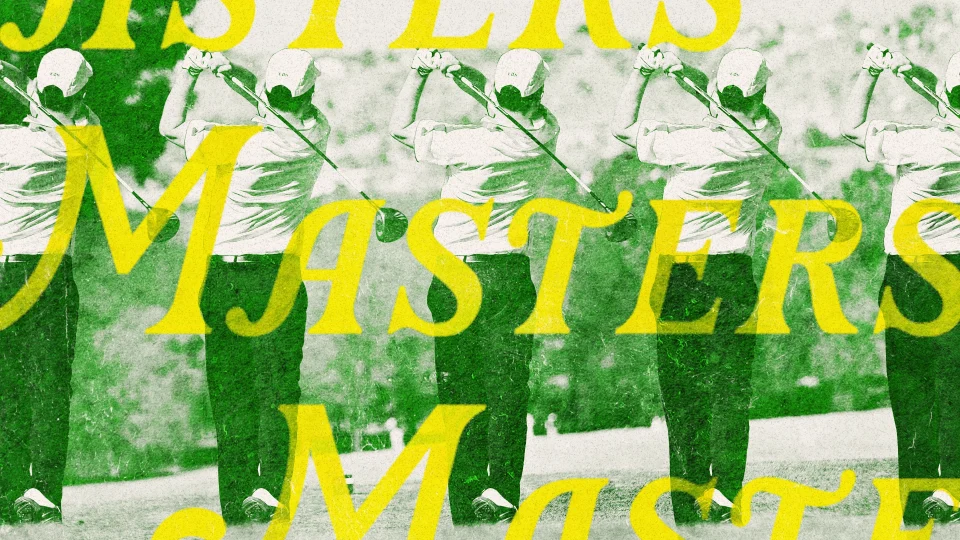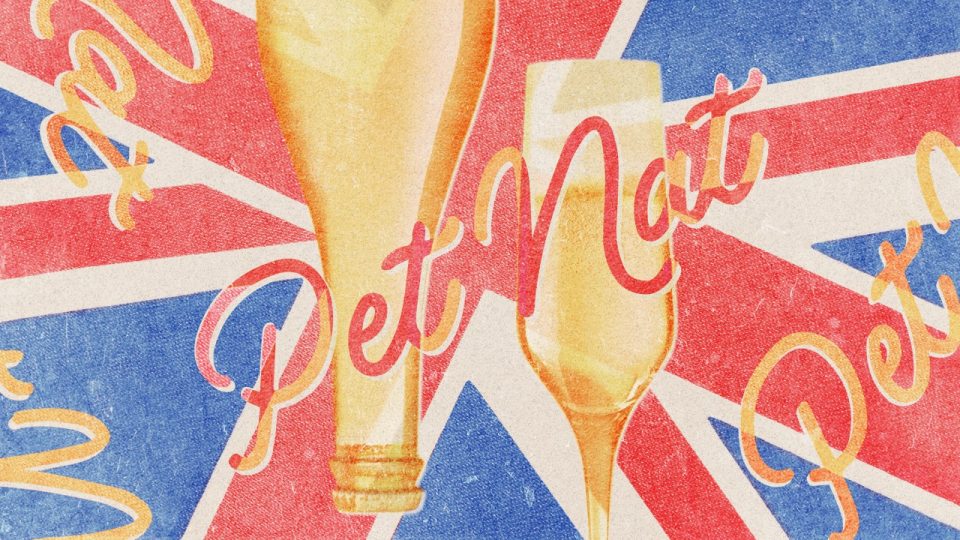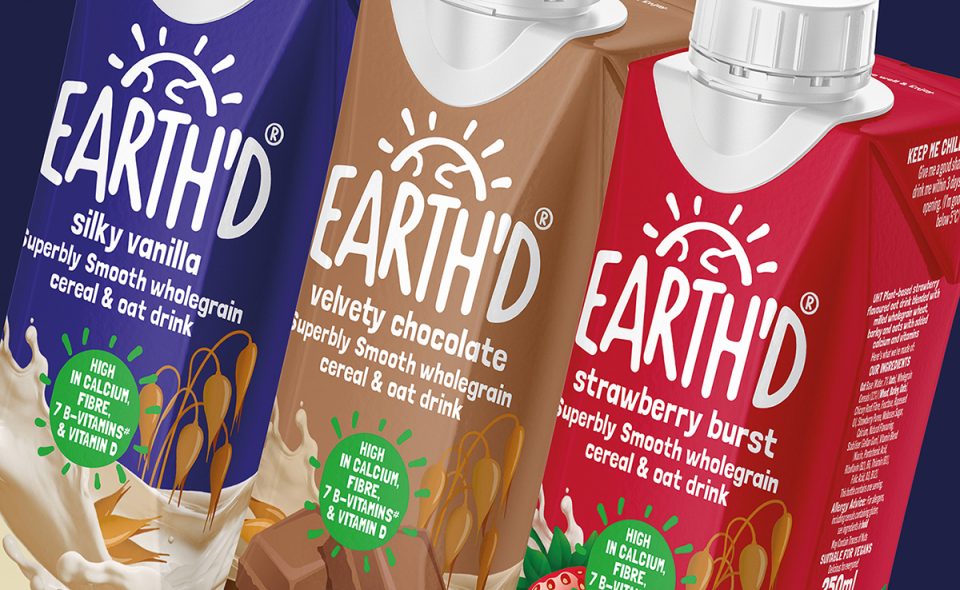NaviLens: A New Way to See
NaviLens
BY RICHARD HUNT
However, I recently stumbled upon a QR code application that, in my view, is a true game-changer when it comes to improving the shopping experience for consumers. Kellogg's innovative use of NaviLens codes on their cereal boxes goes beyond mere novelty. It serves a meaningful purpose, making shopping more accessible, convenient, and inclusive for a wide range of people.
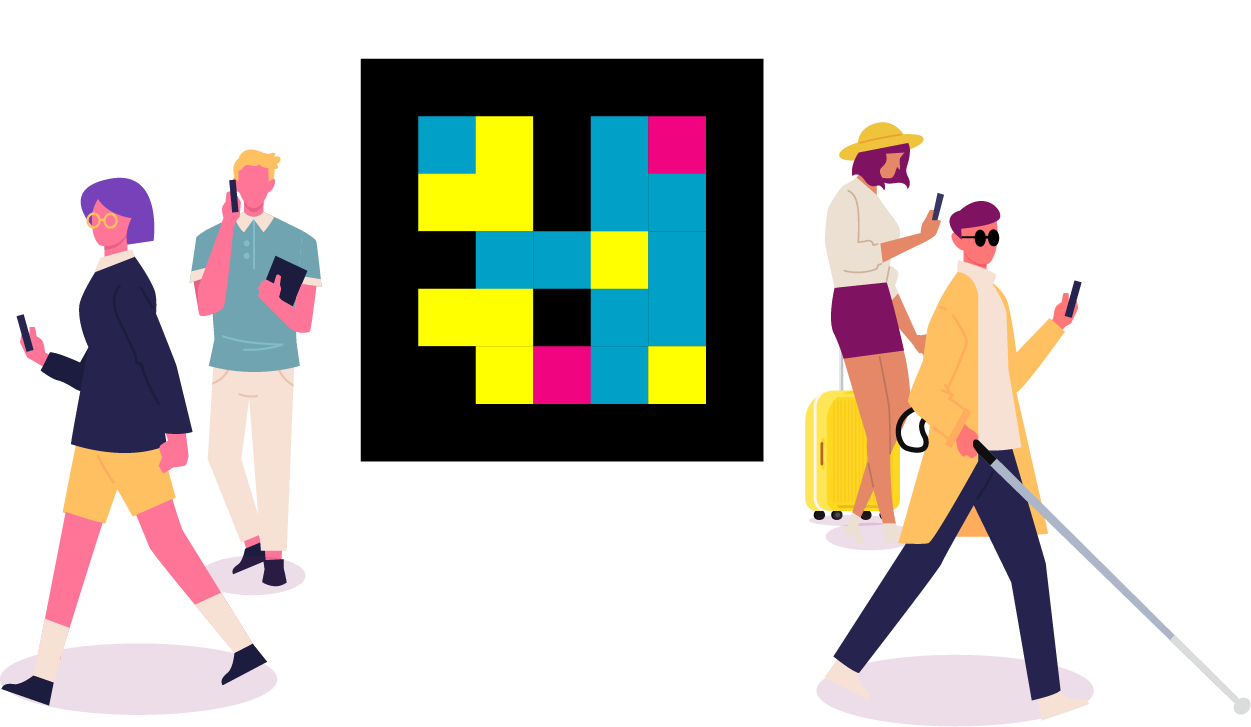
NaviLens is a fantastic innovation, especially for the visually impaired. A simple scan of a code allows them to access information audibly and in text, even from distances of up to 12 meters or nearly 40 feet. This concept was born from a meeting between Kellogg Company and students from St. Vincent’s, a specialist school in Liverpool for children with sensory impairments, in 2019. The students’ insights inspired Kellogg’s to find a way to make shopping easier for everyone.
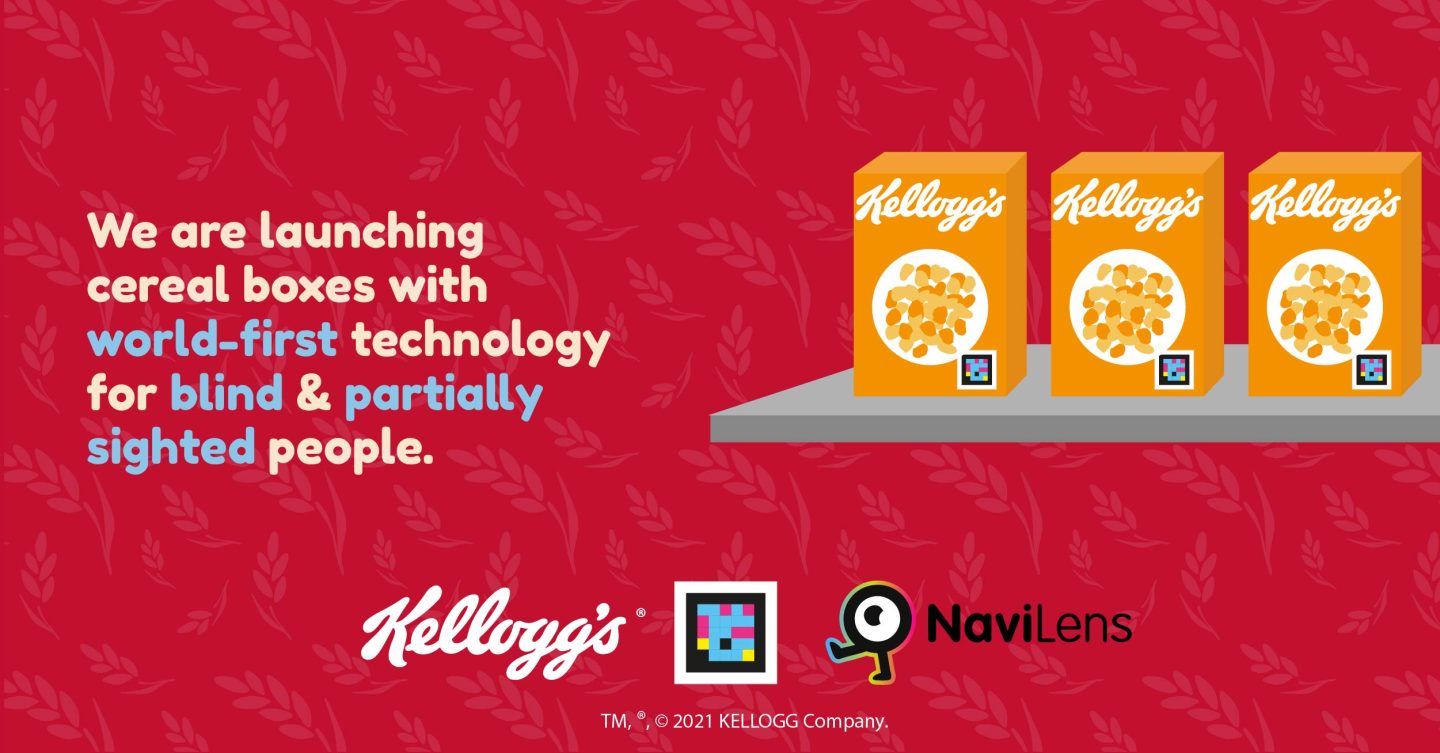
In 2020, Kellogg’s conducted a successful trial in the UK in partnership with Co-op, featuring NaviLens codes on Kellogg’s Coco Pops boxes. Evaluation by the Royal National Institute of Blind People (RNIB) revealed that an astounding 97 percent of participants expressed a desire to see more accessibility features like this on grocery packaging in the future.
Following this successful trial, Kellogg’s made a landmark decision to permanently incorporate NaviLens codes into all their cereal boxes, effectively making them accessible to blind and partially sighted individuals.
97 percent of participants expressed a desire for more accessibility features like Navilens on packaging in the future.
Kellogg's implementation of NaviLens is not a mere step forward; it is a leap toward a more inclusive and accessible future. Their initiative sets an extraordinary precedent, and I sincerely hope that more companies will be inspired to follow their lead.
